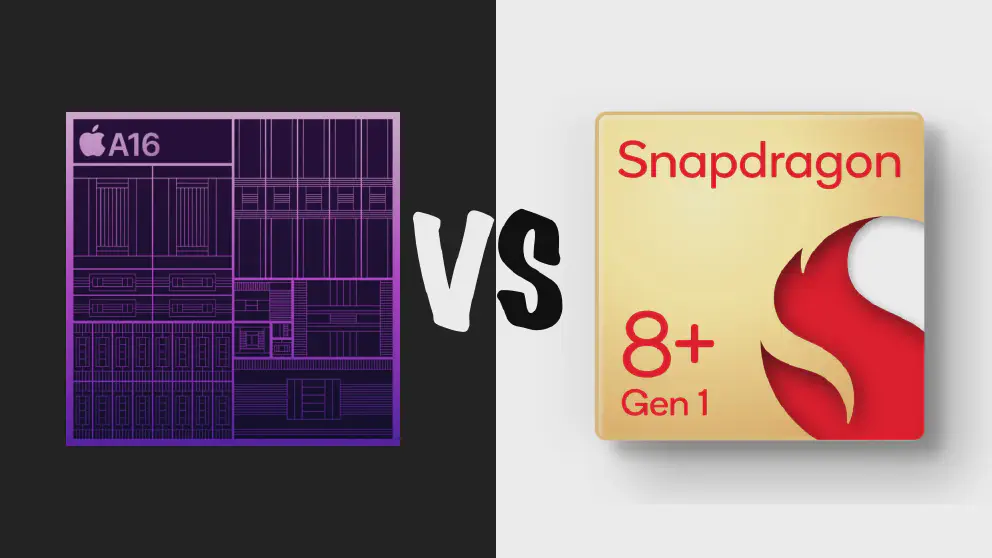Another year, another iPhone is revealed and Apple makes a few hundred billion dollars. But behind a stellar product lies stellar engineering to make the iPhone one of the most beautifully engineered products in human existence. And like every year, Apple reveals a new processor running in the iPhone that makes magic things happen at the palm of your hand.
But how does it fare against the competition? As we all know, you always have to be on the move in the tech industry, otherwise you’ll be left behind. And this goes for the hottest product in the industry: the smartphone. And the contenders are Apple and Android. With the competition heating up, every year we see new products that attempt to leapfrog the leader of the race. And for so long, it’s been a two-way race: Apple A-series chip and Qualcomm SnapDragon series. This time, comes from the two flagship, the A16 Bionic and the SnapDragon 8+ Generation 1.
Apple A16 Bionic
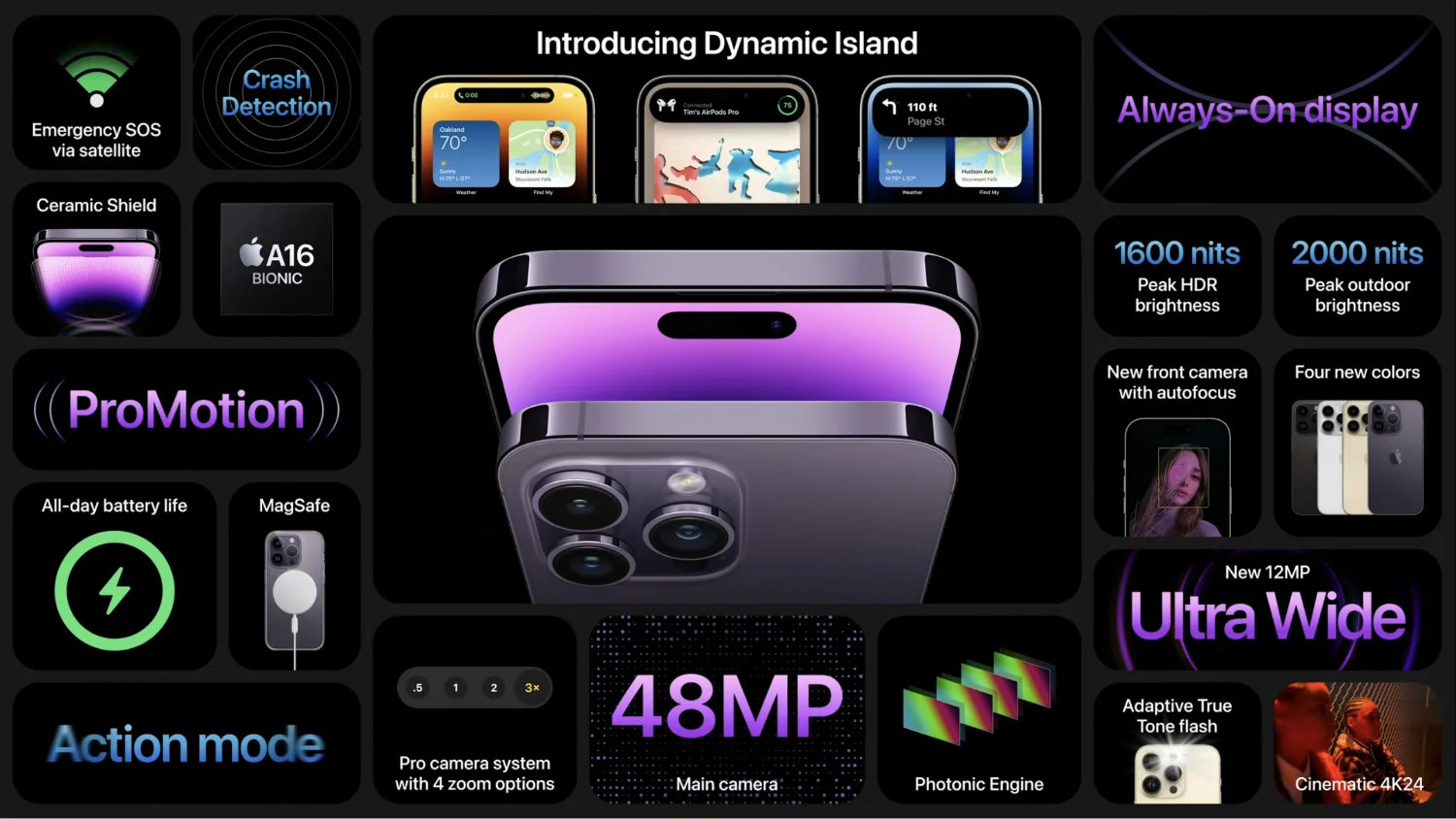
Usually, Apple would release a new SOC and put it on their latest phone and showcase their engineering superiority by showing what the latest iPhones can do for you. This year, things are different and might be the shape of the things to come
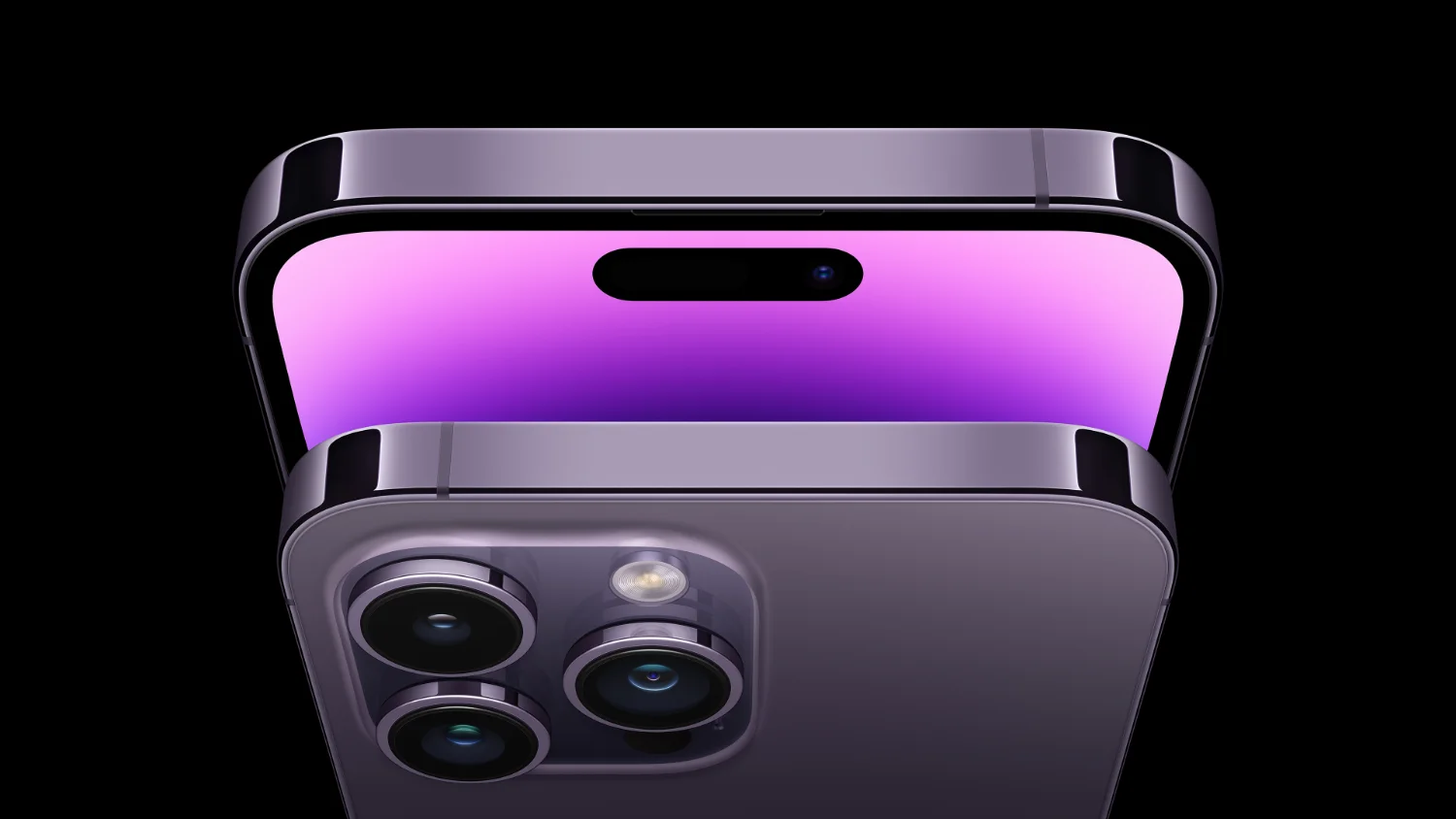
The new A16 chip is introduced but it is only put on the higher end iPhone 14 Pro. The mainstream iPhone 14 gets last year’s A15 chip (albeit it’s the one that they put on the iPhone 13 Pro) and a few upgrades. The lion’s share of new features goes to the Pro phones and we expect the gulf of feature differentiation would go wider next year.
The A16 Bionic features a 4nm manufacturing process instead of the 5nm of the A15 Bionic. 1nm might not sound like a lot. It’s just 2-3 gold atoms line up side by side. But at nanoscale, 1nm is at least a 20% size reduction. There’s also some speculation that 4nm by TSMC is not really 4nm, but an improved 5nm process where some of the features are 4nm.
General design, the A16 Bionic is a revised version of the A15 Bionic, which itself is a revised version of A14 Bionic and so on and so forth. This is a normal trend in tech where incremental improvements are introduced at every version, but if you compare from then and now, it’s like a quantum leap.
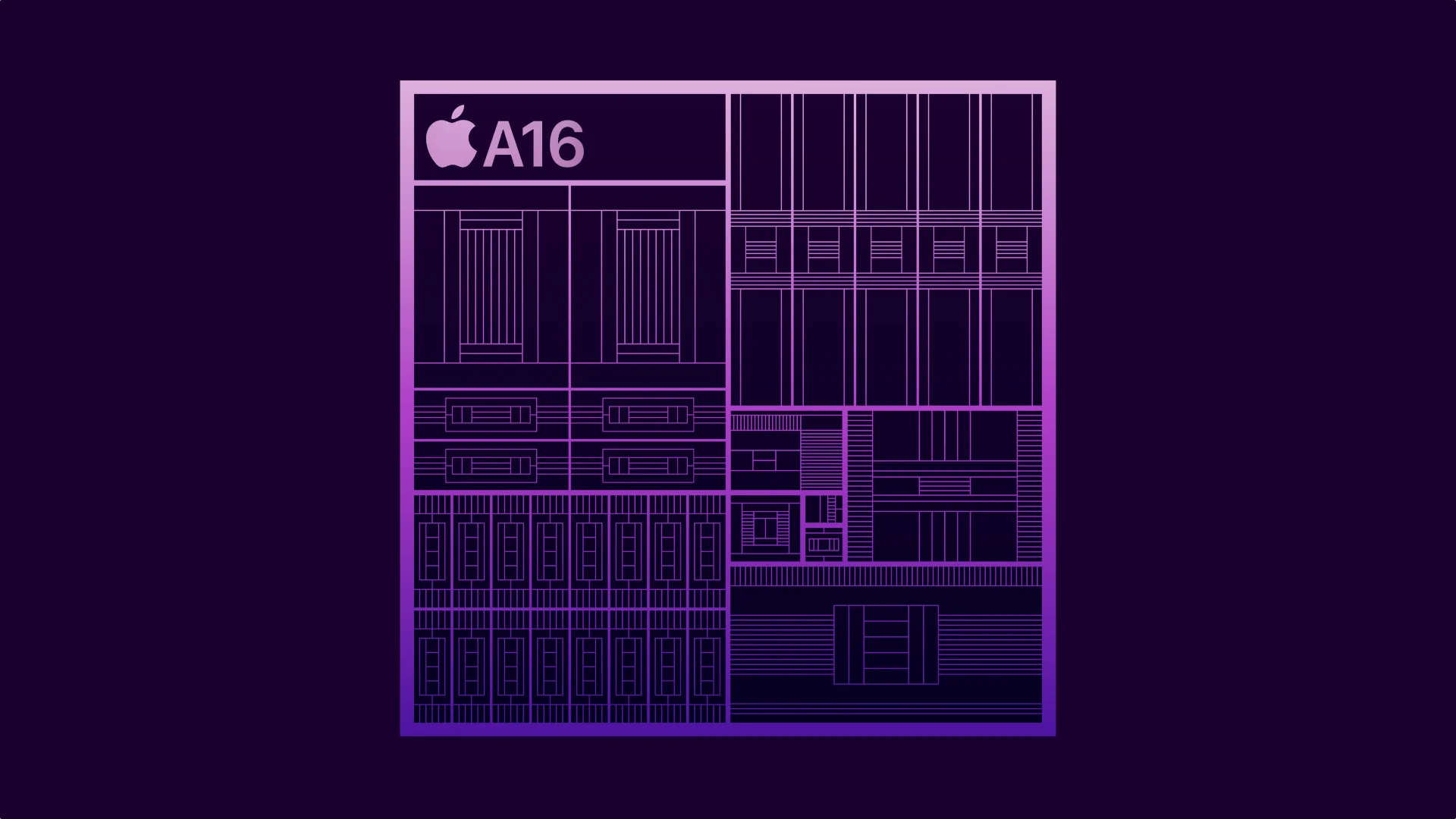
The A16 Bionic, like the A15 Bionic features 6 compute cores: 2 performance and 4 efficiency, 5 graphic cores and 16 Neural cores:. There’s also a Display engine which helps the iPhone handle ProRes video. The Display engine has also has been updated to include the “Photonics Engine* which handles the new 48MP camera sensor and also handles Apple’s new ProRAW file format. With each ProRAW file being around 25MB, yes not huge but not small, having a dedicated hardware solution will make things a lot smoother.
Yes, the overall layout looks the same as last year or the year before, but with new manufacturing processors, better optimization and overall higher clock speed bumps up the performance even more. With a smaller feature size, Apple managed to pack 16 billion transistors, compared with the A15’s 15 billion transistors.
Qualcomm SnapDragon 8+ Gen 1

The SnapDragon 8+ Generation 1 is Qualcomm’s flagship processor. It’s meant to power the mobile phone company’s flagship products. For example,Samsung,one of the largest android phone companies in the world, uses the SnapDragon 8+ Gen 1 on their flagship: the Galaxy Fold4. So from there, the chip is no slouch.
Overall design improves upon the design that was introduced in SnapDragon 888. The Snapdragon 8 is where they started using the 4nm manufacturing process, ARMv9 (even Apple haven’t used this yet) and bump up the clock speed. The SnapDragon 8+ pushes this further by having a large cache and bumping further the clock speed for both the CPU and GPU while maintaining battery life.
The design of SnapDragon shows the difference in mindset between Qualcomm and Apple. Just like Intel, Qualcomm is a chip merchant with many customers with varied needs and wishlists. Apple, on the other hand, designs their own chips and has a vision of how things will work together in the present and the future. So Qualcomm, in trying to meet the needs of various customers tends to build chips in a broad brush which independently develops each component.
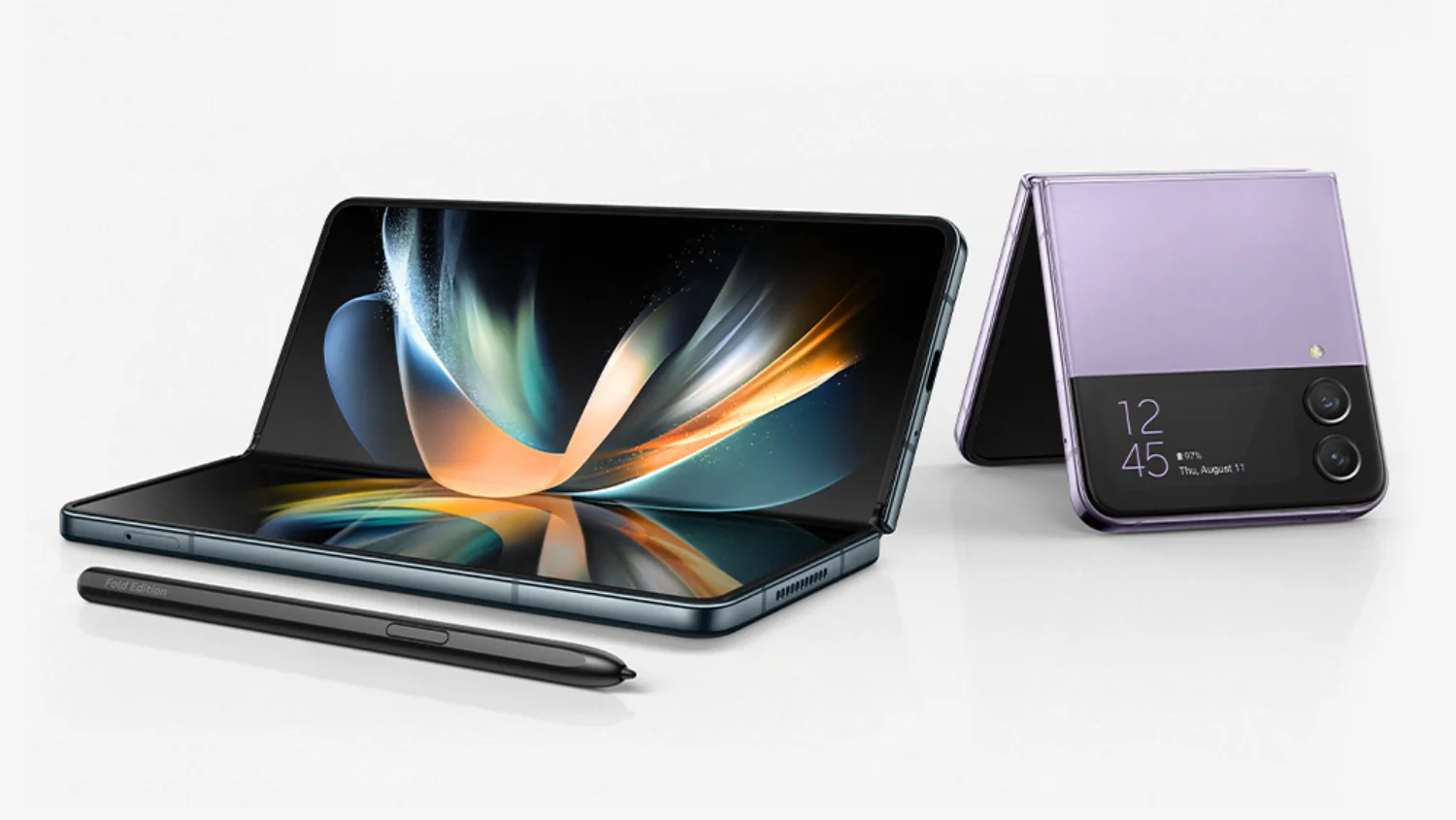
In the end the result is you have a different division producing different products, like a division that focuses on graphics, another on security, another on AI workload and another on the basic compute circuits. Each of the components are then spliced together to create a System on Chip to be used on smartphones, ranging from budget cheap smartphones to flagships like the Galaxy Fold4.
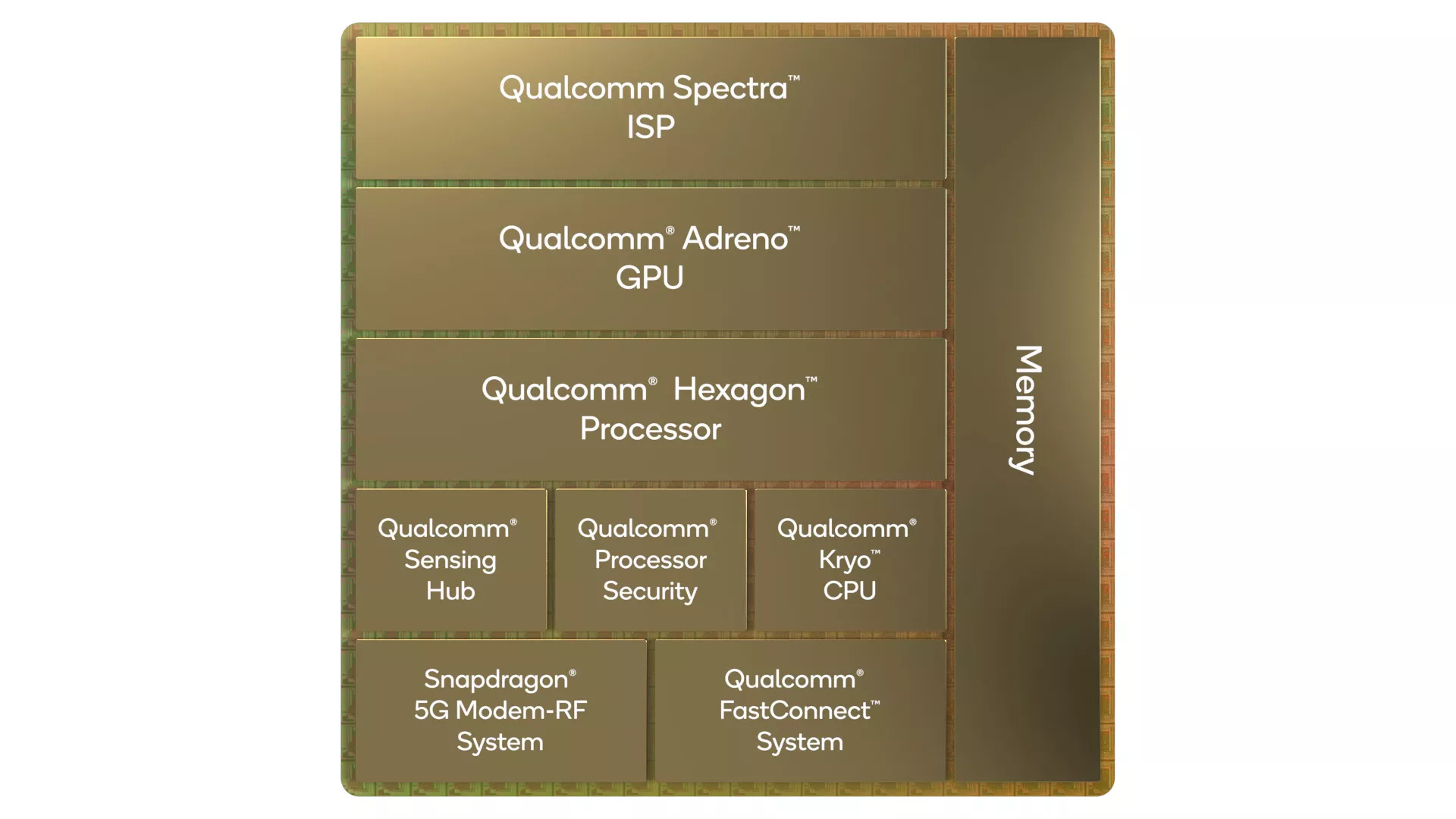
The SnapDragon 8+ Gen 1 has three levels of compute cores: 1x “Prime” core, 3x performance cores and 4x efficiency cores. For AI workloads, Qualcomm claimed a 20% performance/watt over its predecessor . Graphics is supported by a Adreno 730 core which is said to have a 30% boost against previous generation Adreno 660 which was on the SnapDragon 888. Unlike Apple, Qualcomm has an integrated 5G modem in the SnapDragon 8+ Gen 1. As far as we know, Apple still uses Qualcomm’s own chips externally on the iPhone 14 series. Integration will provide some performance benefit because signals don’t have to travel as far to get things done.
Benchmark Results
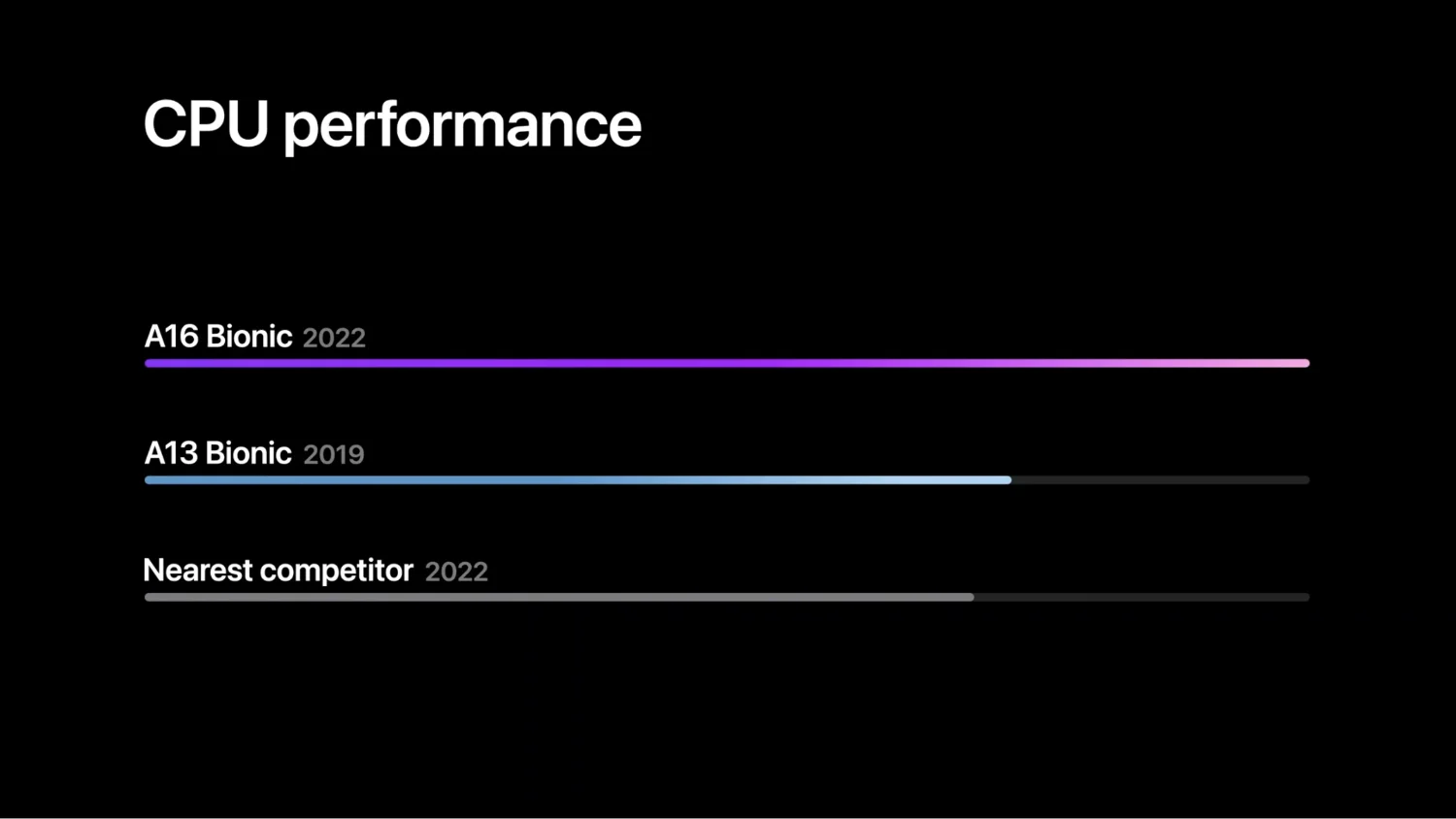
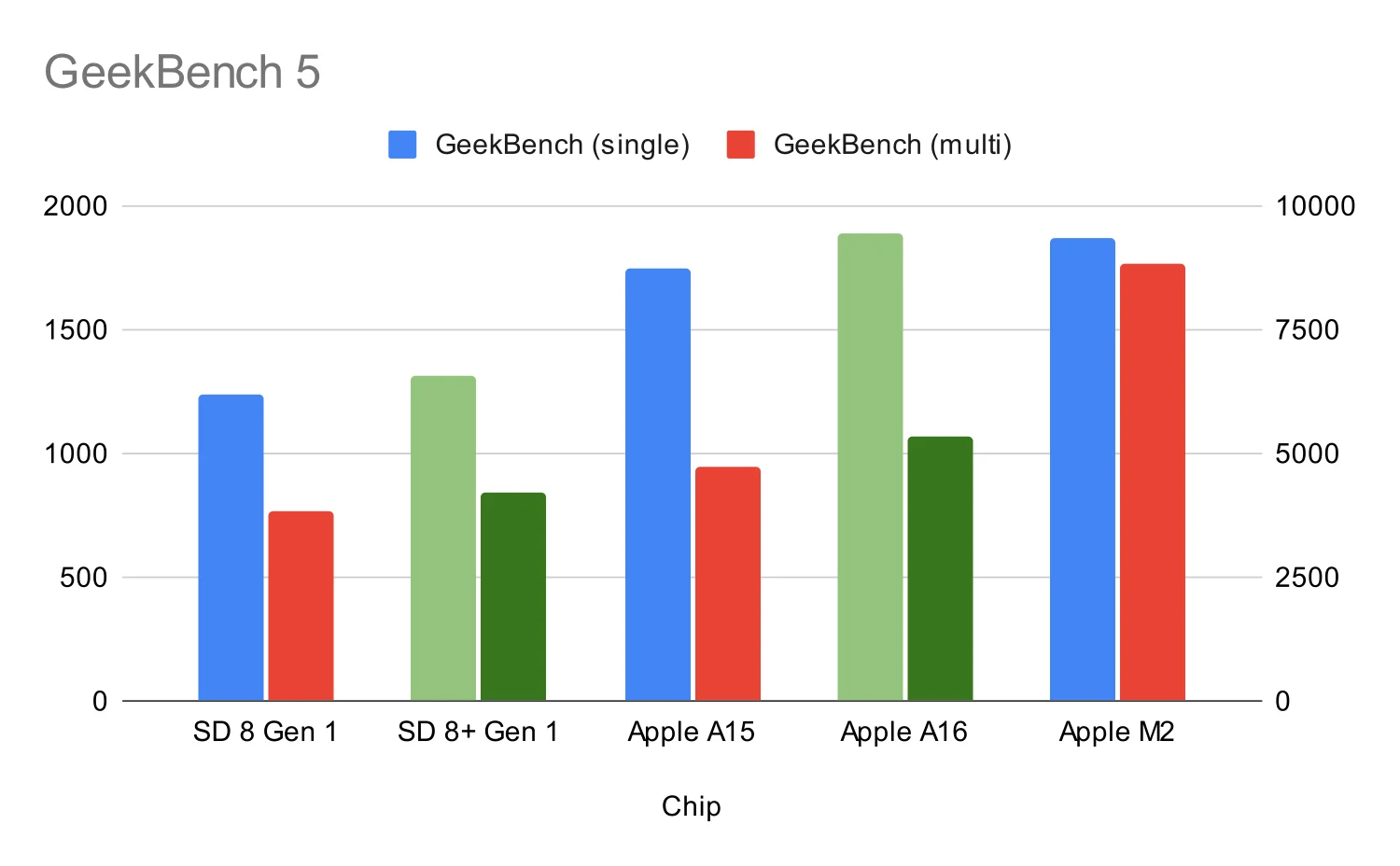
Based on Benchmark results, Apple’s A16 Bionic is still the one to beat in terms of raw compute performance. Graphic performance is still on the SnapDragon 8+ like it was the trend for a few years before. What’s impressive is that a mobile chip like the SnapDragon can compete core-for-core with laptop CPUs like Apple’s M2. Shows are far from what tech has become.
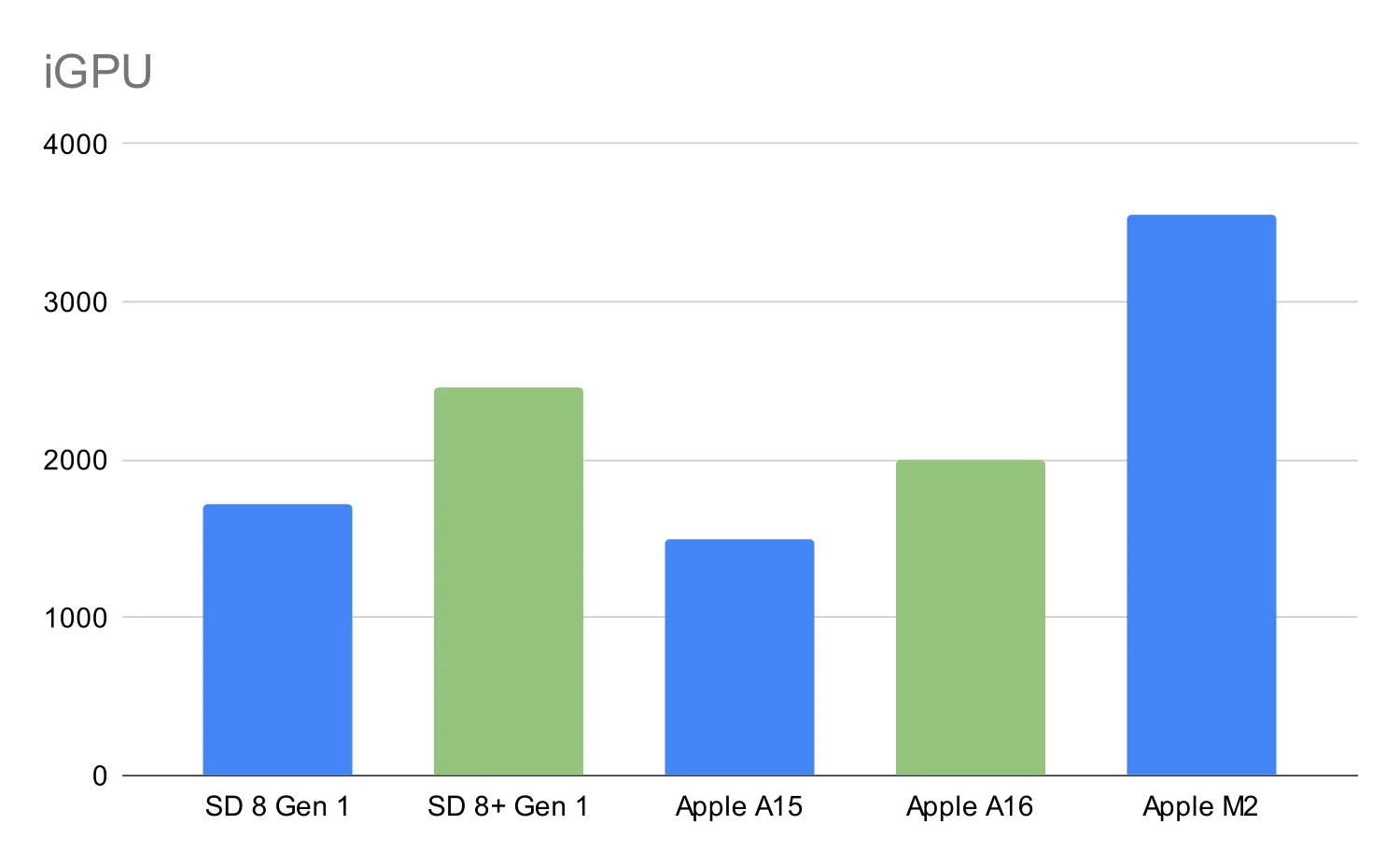
Here’s some caveat about benchmarks: they don’t tell the whole story. Apple’s approach to chip design can make some benchmarks irrelevant. For example, Apple uses hardware acceleration to handle ProRes videos and ProRAW videos. It is a bad thing if the benchmark on graphics is not stellar when the benchmark does not trigger the display engine?

And here’s another secret about mobile performance. The year on year improvements over the last decade has been so impressive
Conclusion
Apple is still the one to beat in 2022. Apple is still the one who shows what is possible with the ARM architecture, supposedly designed for power efficiency over performance. Not to say that Qualcomm is a slouch, but shows the work ahead of what Qualcomm needed to do to catch up to Apple.
Plug
Support this free website by visiting my Amazon affiliate links. Any purchase you make will give me a cut without any extra cost to you
| Base | Pro | |
|---|---|---|
| iPhones | iPhone 15 / iPhone 15 Plus (Renewed) - (Amazon) | iPhone 15 Pro / iPhone 15 Pro Max (Renewed) - (Amazon) |
| Watch | Apple Watch SE (Amazon) / Apple Watch Series 9 (Amazon) | Apple Watch Ultra 2 (Amazon) |
| AirPods | AirPods 3 (Amazon) | AirPods Pro 2 (Amazon) / AirPods Max (Amazon) |
| iPad | iPad 10 (Amazon) / iPad Mini (Amazon) | iPad Air M2 (Amazon) / iPad Pro M4 (Amazon) |
| Laptops | MacBook Air M3 (Amazon) | MacBook Pro M3 (Amazon) / MacBook Pro M3 Pro/Max (Amazon) |
| Desktop | Mac Mini (Amazon) / iMac (Amazon) | Mac Studio / Mac Pro |
| Displays | Studio Display (Amazon) | Pro Display XDR (Amazon) |
Other Ecosystem Items
